Photographer of the Month: Mike Spinak
Some people have curated a fascination with the world that reveals itself through their words and their deeds. Mike Spinak is one of those people. In his photography we connect with art, truth, and wonder. He shares the depth of vision of a person deeply in love with the world that surrounds. It is my pleasure this month to share with you the work, and person, of Mike Spinak.

Mother and Child Sleeping Sea Lions – From the Sleeping Sea Lions series
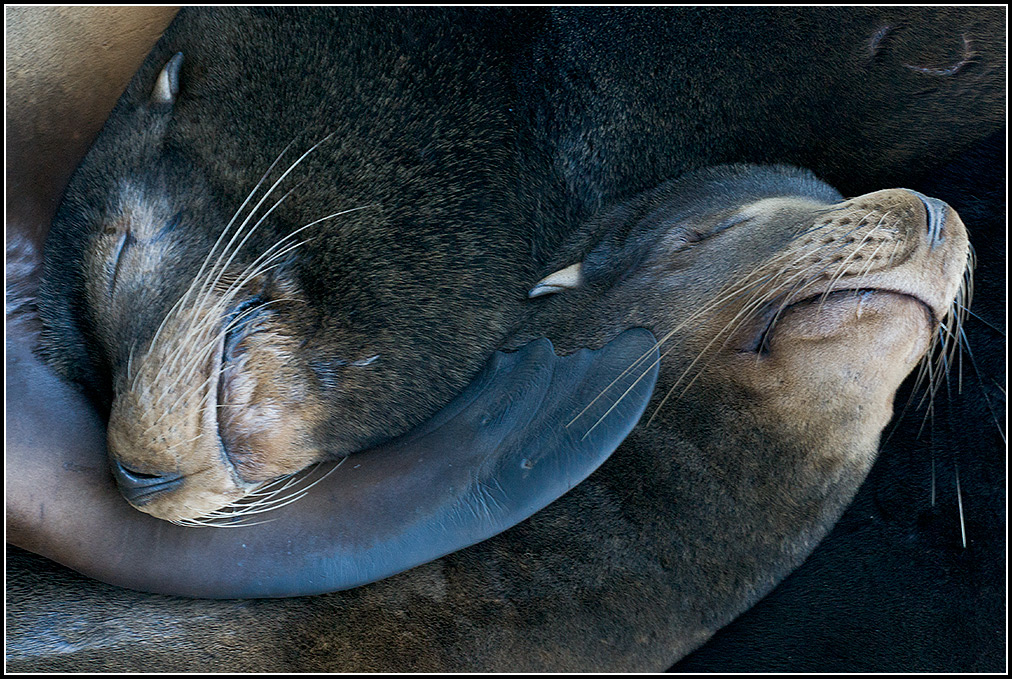
Sleep Cycle, from the Sleeping Sea Lions series
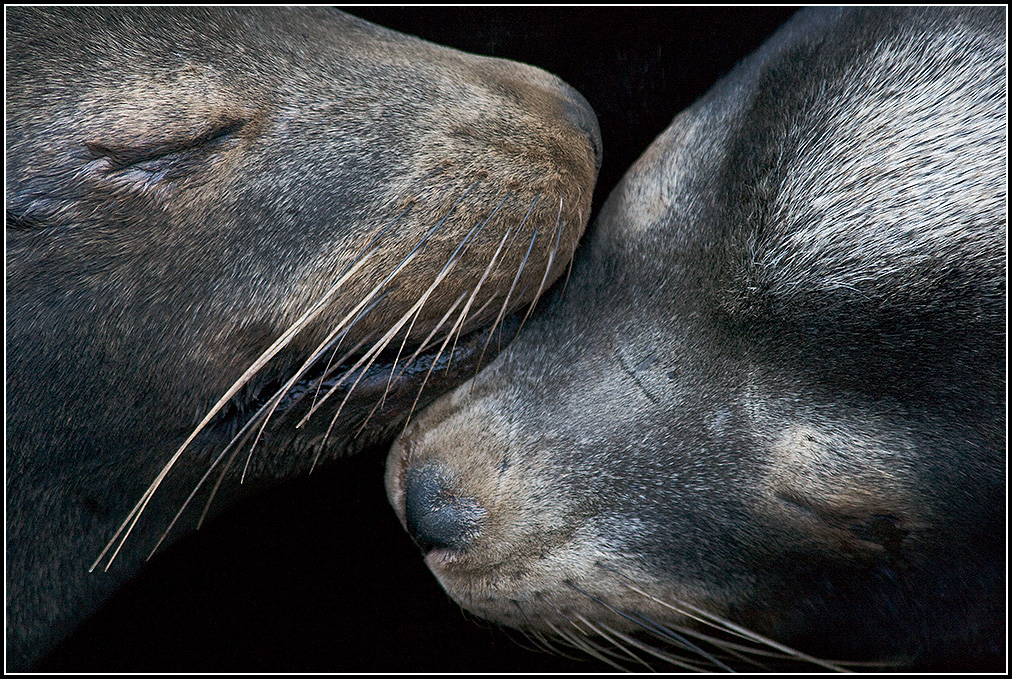
Sleeping Sea Lions, from the Sleeping Sea Lions series
How did you get interested in photography?
I've always loved making art – sand sculpting, painting, drawing, writing poetry and prose, and so on. My background in making art helped when I finally took up a camera. Also, when I was in my early 20s, I was in love with someone who double majored in Renaissance art history and botany. I audited all of her classes with her, read the textbooks with her, and did the assignments with her. So, that gave me decent background in art history and biology, and those became the perfect foundation for nature photography.
It didn't occur to me to seriously try photography until I was around 30. At the time, I would go through about a roll of film making snapshots with a fully automated point and shoot camera. When I would show my pictures to people, they were often impressed, and told me that I should shoot for a living. I wanted a job that would allow me to travel around and play outside a lot, so I gave it try. It went well from the very first shot. Early on, someone wanted to partner with me in photography and writing. I got more serious about it, and more committed about it, because of him.
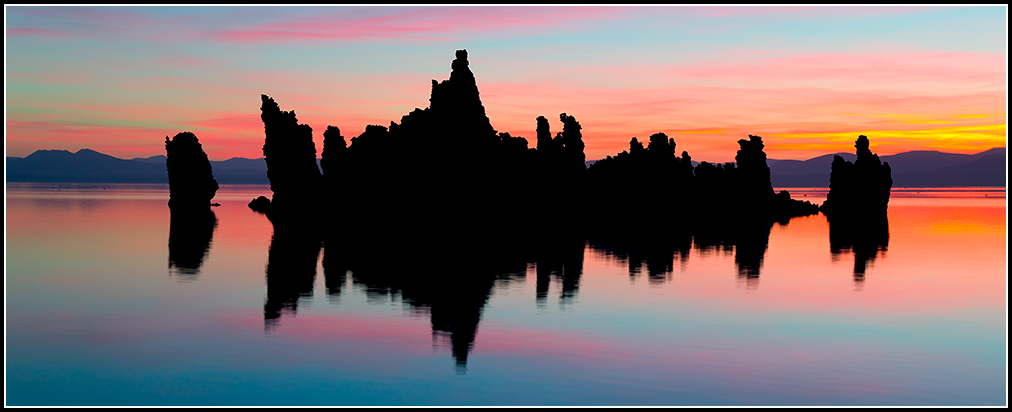
First Light, Mono Lake

Great Blue Heron Preening
How long have you been a photographer?
I started in Autumn of 1998. I know this is exactly what everyone says not to do, but I started all at once with the intention to do it professionally, without an initial phase as a hobbyist or amateur. (That's not to say I don't also do it as a pastime for the love of it; I do.)
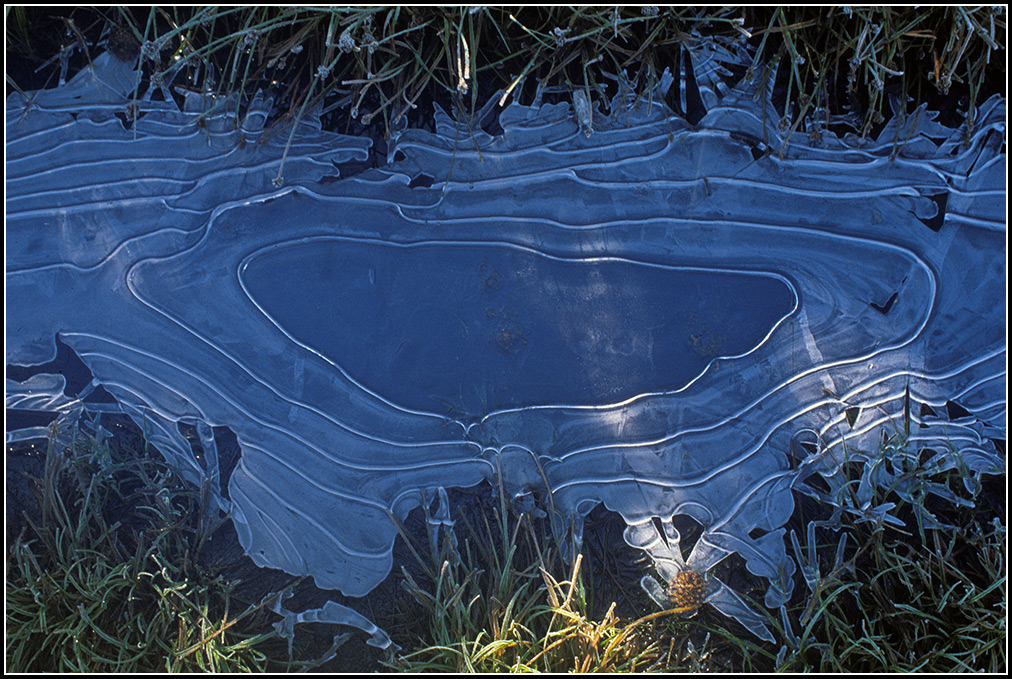
Frozen Puddle, Yosemite – My very first photo when I decided to take up photography.

Sand Dunes, Great Sand Dunes National Park, Colorado
What us your favorite place to photograph? Or subject?
That's really hard for me to answer. There's so much that I like to photograph. I have a preference for natural subject matter, but that includes landscapes, wildlife, flora, fungi, patterns, weather, minerals, stars, and everything else nature. I also love photographing happy people being themselves, and doing what they do best. Especially little kids. But all of that is very loose. I'm prone to photograph just about any kind of subject in just about any style, except for fashion and glamor. For me, there are no intrinsically good subjects or bad subjects, only well seen subjects or poorly seen subjects. Anything can be interesting, depending upon the point of view you bring to it. The magic in the photo comes as much from within the photographer as from the subject matter.
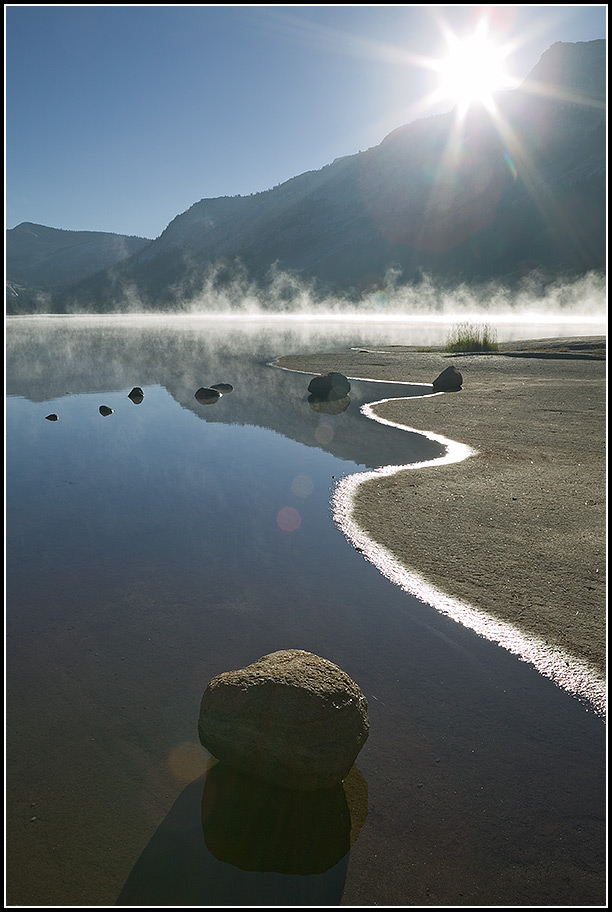
Morning, Tenaya Lake, Yosemite National Park
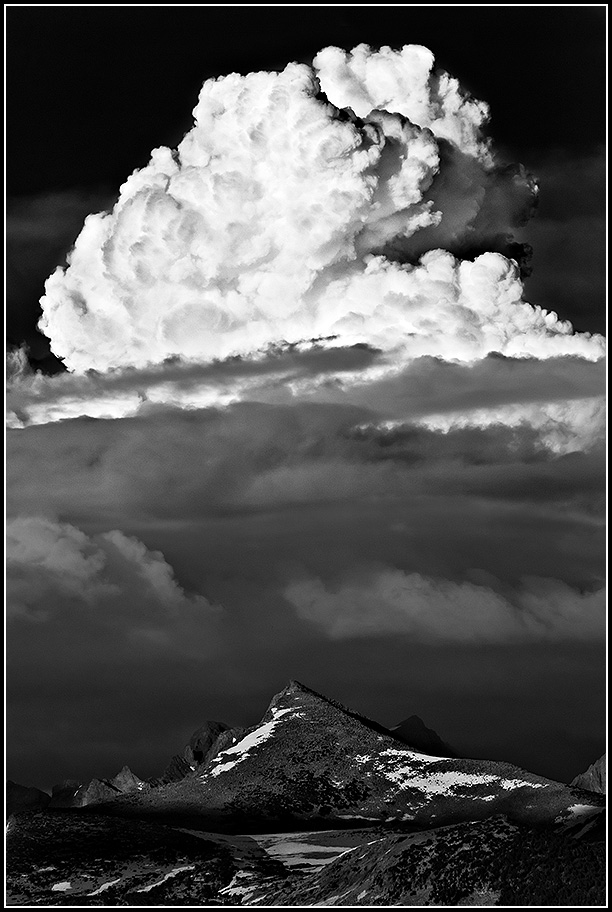
Mount Florence with Thundercloud, Ansel Adams Wilderness
How can photographers help change / impact the world, while they are traveling?
There can be lots of ways. Photographers can photograph important things, events, phenomena, etc., and share them with the world. They can thereby show people things they wouldn't otherwise see, and increase people's knowledge and understanding. They can do this to help people connect with nature, for example. My first book, Growing Up Humming, gives people an intimate view into the lives of hummingbirds as they grow up, helping people understand how nature works, and helping folks better appreciate nature.
Photographs often touch people in a very visceral way, and they include details which might sometimes not be as clear in a word description. I use photography quite a bit to let nature be an ambassador for itself, to persuade people toward greater conservation.
Photographers can also positively affect people. Making portraiture of people can often have the effect of bolstering people's self esteem, showing them how beautiful and wonderful they really are, and showing them how positively they're perceived through the eyes of another. This is especially true for the downtrodden, by seeing the intrinsic beauty and worth within them, and photographing them with dignity. Such photos can help raise people's spirits, preserve their memories, and can sometimes help people communicate better to the world, or help them get the pictures they need for a variety of uses.
Of course, photographers can also help by using their work to directly raise money for people in need and for worthy causes. For example, I'll be releasing my second book, Infinite Possibilities, within a few weeks, and all of my proceeds from it will be donated to charity (Doctors without Borders, Worldwide Orphans Foundation, and Nature Conservancy.)
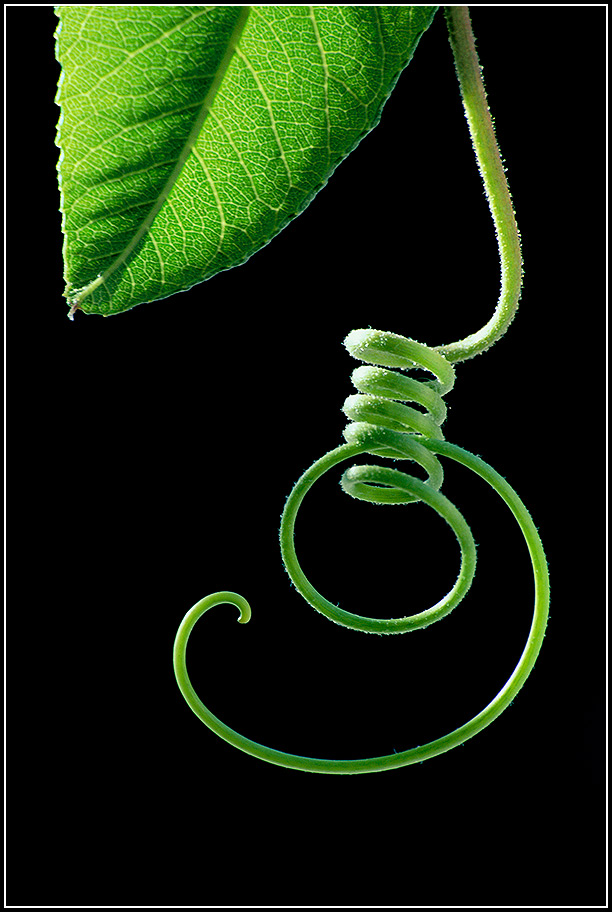
Passiflora Tendril and Leaf Tip, from the soon-to-be-released book Infinite Possibilities
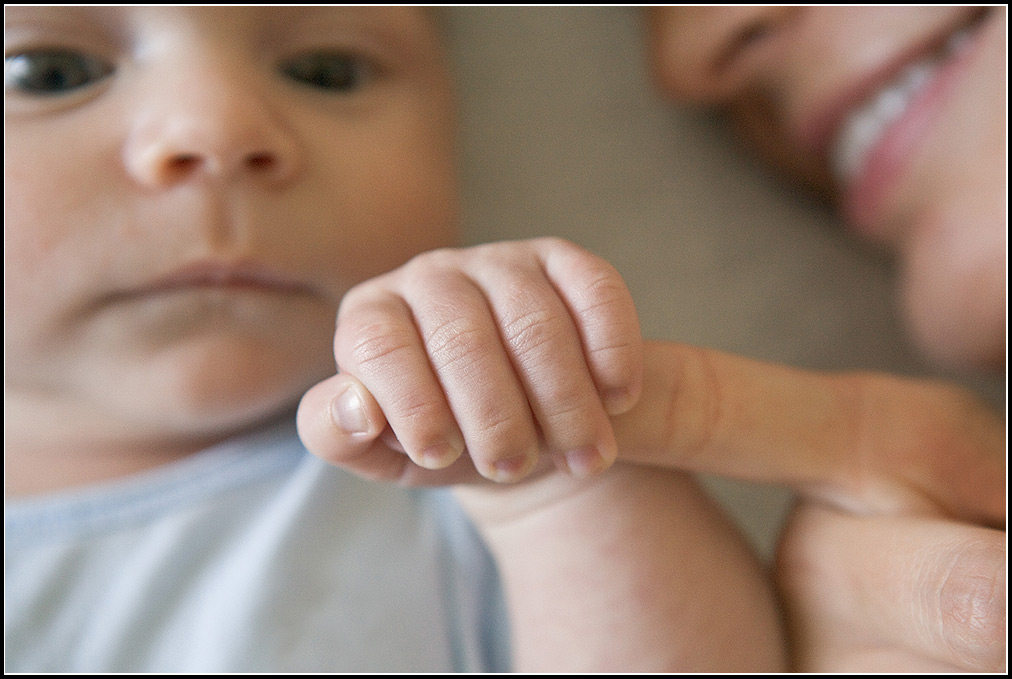
I'll Always Be There For You
Are there rules in other countries people need to be aware of about who, or what, you cannot shoot?
I'm sure there are, but with my main genre of photography (nature), it's rarely an issue. Speaking very generally, it's probably wise in most places to get people's permission before photographing them, especially getting permission from parents before photographing kids. I imagine there could be pitfalls involved with photographing politicians, police, military, etc., and you'd best learn what you're doing before you make a picture. That may also apply to government offices, courthouses, power plants, bridges, and so on. A lot of that can be troublesome in the USA. Even when you are well within the law, it's not always safe to assume the local authorities are familiar with the laws regarding what you're allowed to photograph.
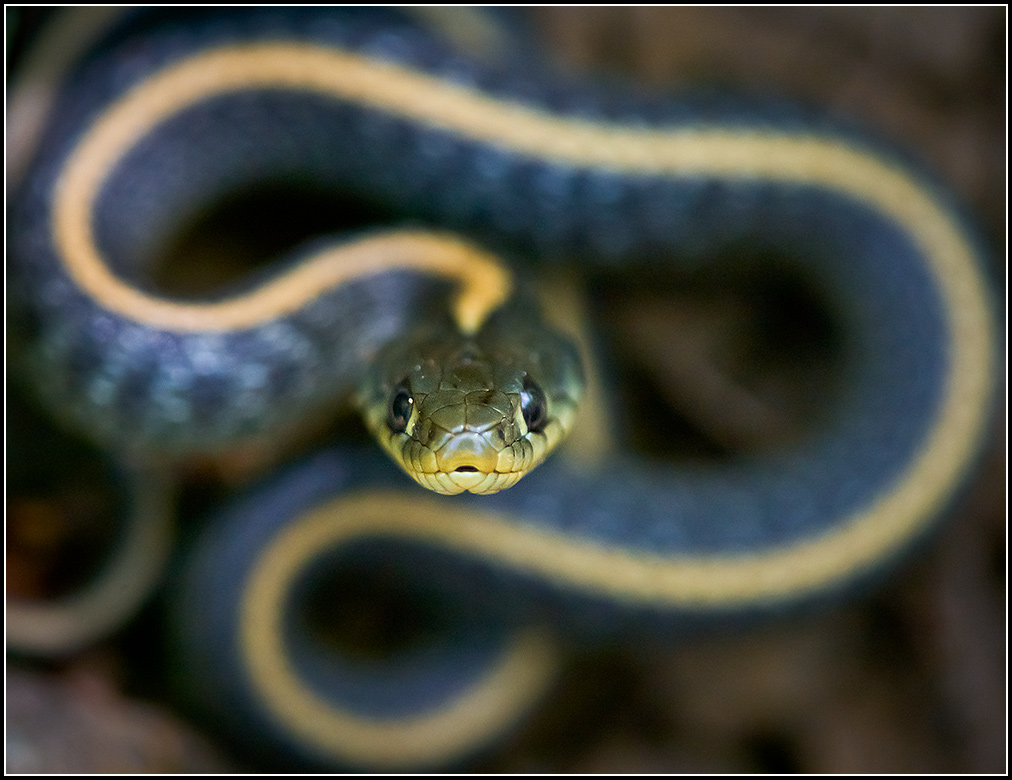
Caution: Sharp Curves

Roundleaf Sundew Catching and Eating a Fly
Are there any photography tips you want to share?
You'll likely make your best photos of a subject when you love your subject, see your subject with sympathy, connect with your subject, and express the best in your subject - even with subjects you may find distasteful.
Try harder. Bad photos are usually the result of not trying hard enough. Make your best effort. You get out of it what you put into it.
Slow down. Be quiet. Pay attention.
Knowledge and strategy about your subject matter make the difference between great photo opportunities happening by rare random chance and happening by semi-regular plan.
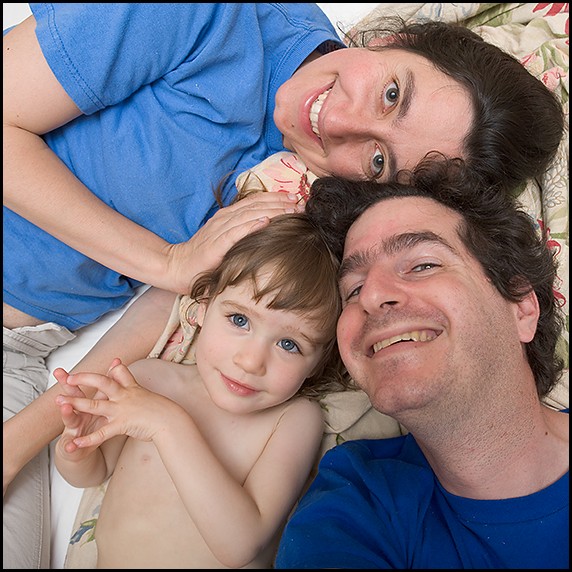
Self Portrait with 2 Generations of Best Friends
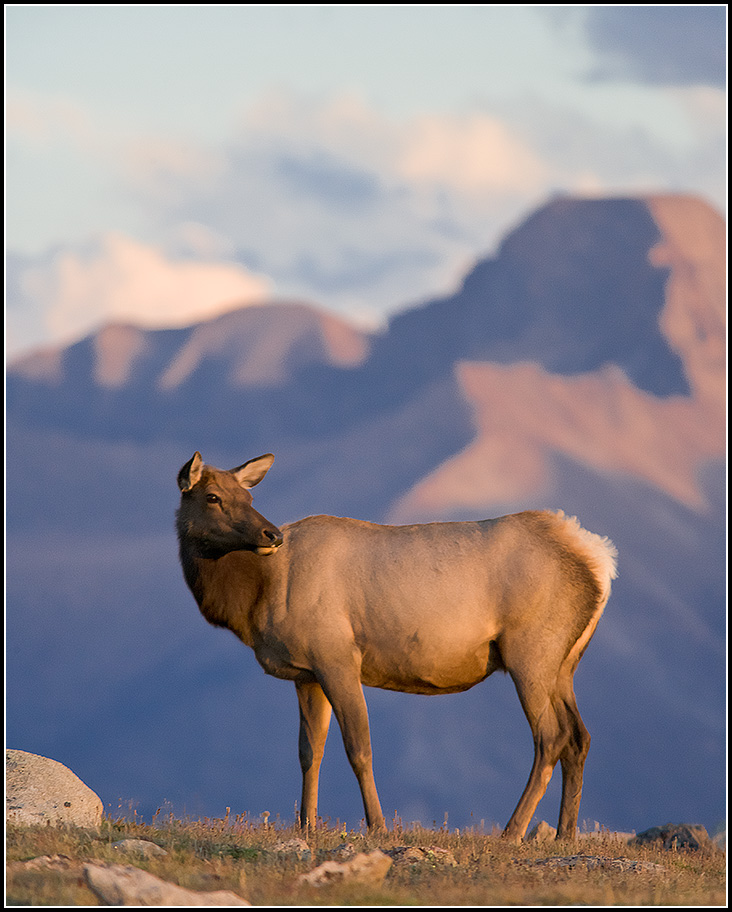
Rocky Mountain Elk Cow at Sunset
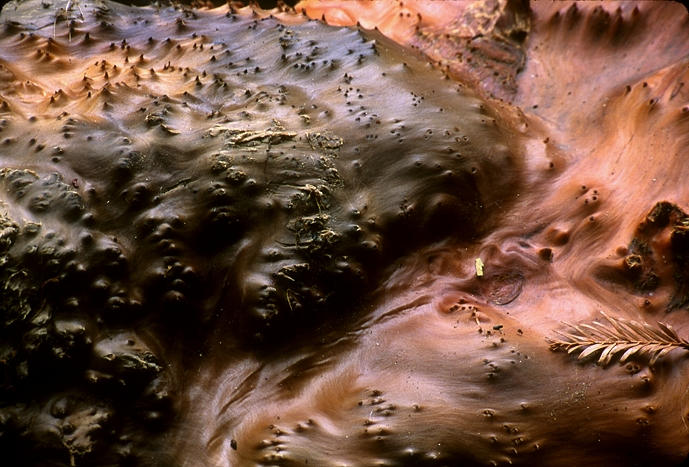
Redwood Closeup #2
Is there anything else you'd like to share with us?
I just want to take this opportunity to thank you for giving me a chance to share with your readers, and take this opportunity to thank readers for giving me a slice of your time and attention. Thank you.
Currently, my only book is Growing Up Humming, which is available as a paperback here http://www.amazon.com/dp/1480165220/ and as an ebook here http://www.amazon.com/dp/B00A4TG0NI/

Growing Up Humming book cover
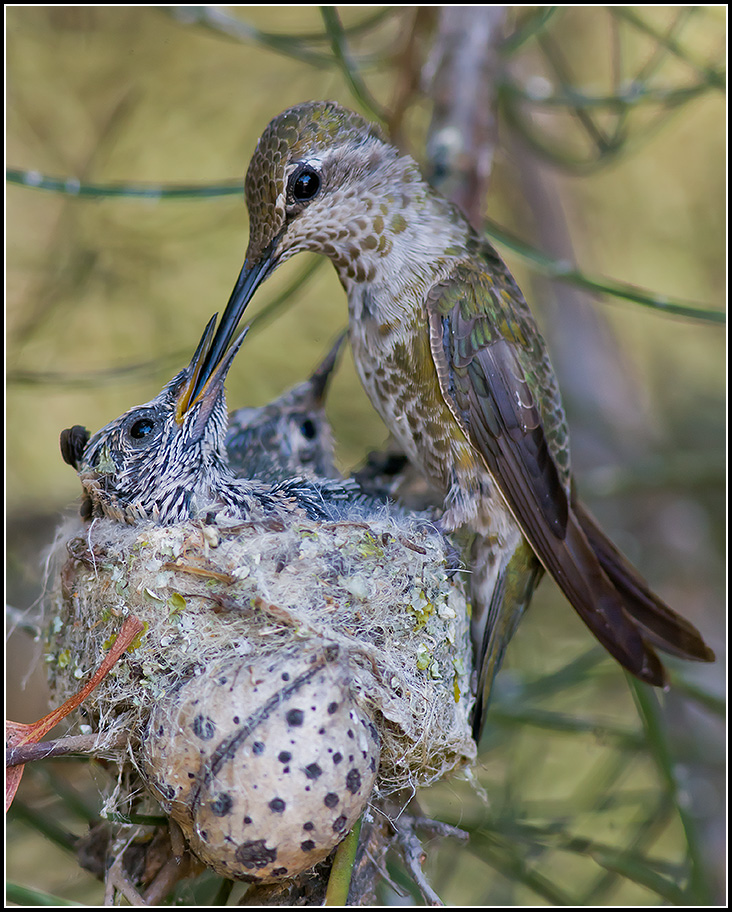
Anna's Hummingbird Mother Feeding 15 Day Old Chick, from Growing Up Humming

Anna's Hummingbird and Salvia, from Growing Up Humming

Lou Ruvo Center for Brain Health, Las Vegas – from my forthcoming mobile phone photography how-to book
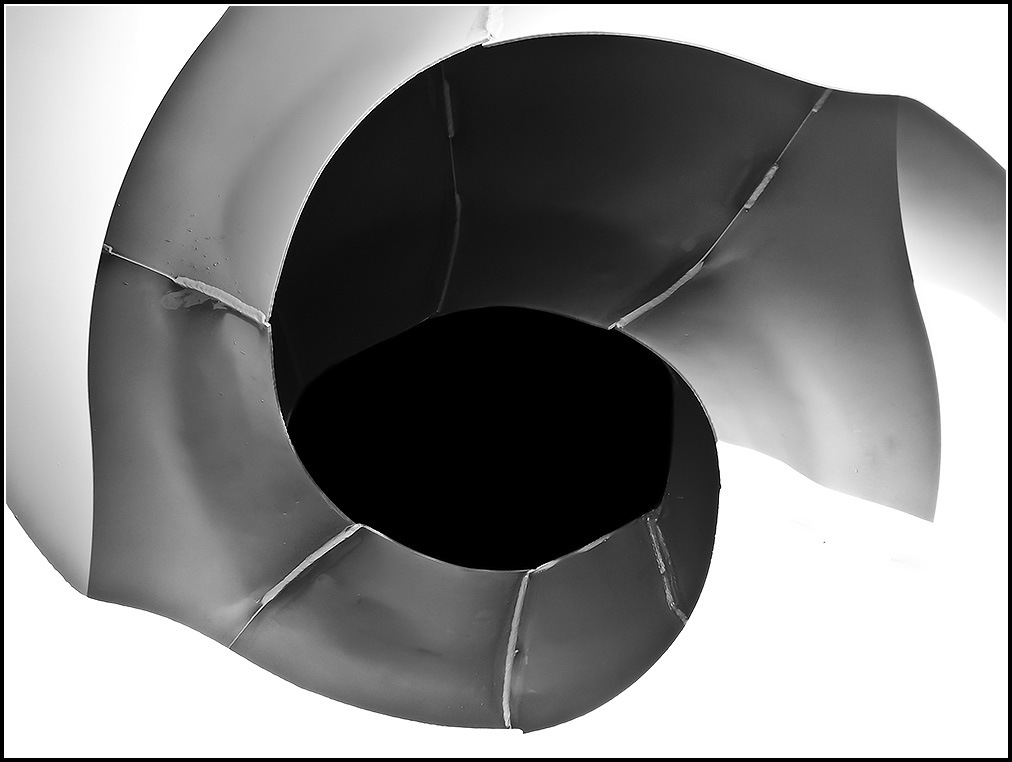
Cement Mixer - from my forthcoming mobile phone photography how-to book
You can find Mike at http://naturography.com/
Jordan Oram is the Photography Editor for Wandering Educators.
He has a passion for encouraging and empowering others to realize the combinations of their unique passions and strengths. In April of 2012, with $250 to his name, he travelled more than 10,000 km, over 8 months, across Canada and back, to encourage people to rock out their awesomeness. Find him at www.maplemusketeer.com
All photos courtesy and copyright Mike Spinak
-

- Log in to post comments



















